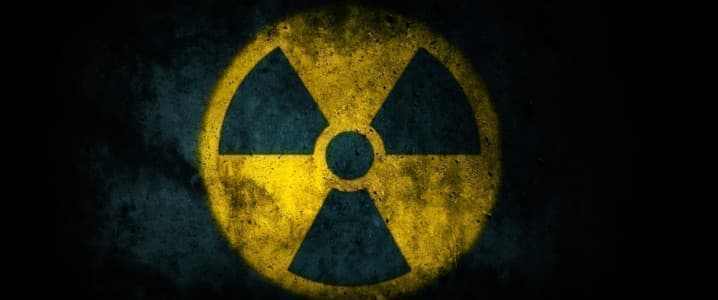
President Donald Trump is advancing a significant overhaul of the United States nuclear energy sector, with plans to fast-track the deployment of nuclear power in response to projected increases in electricity demand over the next decade. This ambitious initiative aims to add 300 gigawatts (GW) of new nuclear capacity by 2050, quadrupling the current domestic output, and to commence construction on ten large reactors by 2030. However, these plans have raised alarms among experts regarding potential compromises to safety standards.
In May 2023, the Trump administration initiated a series of executive orders designed to expedite nuclear project approvals. These directives include a comprehensive review of all regulations from the U.S. Nuclear Regulatory Commission (NRC) within 18 months and permit the construction of reactors on federal lands without NRC oversight. Such moves have prompted concerns about the weakening of the NRC, an independent body responsible for the health and safety assessments of nuclear facilities.
Trump has criticized the NRC’s cautious approach to nuclear regulation, claiming it has hindered the construction of new plants over the past 30 years. He stated that the commission is overly focused on “the most remote risks,” suggesting that this cautious stance limits access to reliable electricity. During a press conference in July, Trump emphasized his administration’s commitment to safety while accelerating development, asserting, “We’ll be very safe, but we’ll be fast and safe.”
Despite the administration’s push, many former NRC chairs argue that the slow pace of nuclear development is primarily due to the high costs associated with building new plants, rather than the agency’s stringent safety standards. In the past three decades, only two new reactors have been completed in the United States, both located at Plant Vogtle in Georgia. These projects ran approximately $18 billion over budget and took seven years longer than expected. Additionally, plans for two reactors in South Carolina were scrapped in 2017 due to escalating construction costs.
Public perception of nuclear power in the U.S. has long been negative, heavily influenced by past disasters at Chernobyl, Fukushima, and Three Mile Island. These incidents have led to the implementation of rigorous safety standards worldwide. The NRC has maintained oversight of nuclear operations in the U.S. for over 50 years without a single radiation-related death among civilian reactors. Recent years have seen a shift in public sentiment favoring nuclear energy, largely due to the safe operation of existing facilities and the necessity of clean energy sources.
The administration’s recent actions, including the dismissal of NRC Chairman Christopher Hanson, reflect a broader strategy to diminish the agency’s regulatory authority. Hanson stated that his termination was conducted without cause, violating established laws regarding the removal of independent agency heads. Reports suggest that NRC officials were told to expect a shift towards “rubber-stamp” approvals for new reactors, effectively reducing the thoroughness of safety evaluations.
In response to the executive orders, NRC spokesperson Maureen Conley indicated that the agency is working to implement the reforms while modernizing its regulatory processes. “We look forward to continuing to work with the administration, Department of Energy, and Department of Defense on future nuclear programmes,” Conley stated.
Critics warn that undermining the NRC’s authority could erode safety standards, raising the risk of future incidents that could endanger public health and safety. The balance between expanding nuclear energy and maintaining rigorous safety protocols is critical as the U.S. navigates its energy future. The outcome of these regulatory changes may significantly impact the industry’s trajectory and public trust in nuclear energy.






